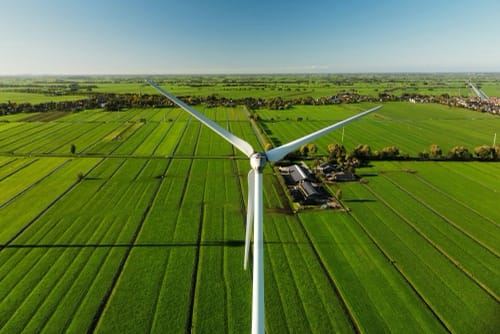The Rise of Green Tech in Business: Innovation and Profitability
Green Tech in Business is no longer a futuristic idea; it is a present-day reality that is reshaping global industries. From renewable energy to circular economy models, companies are discovering that sustainability and profitability can go hand in hand. The rise of green technologies offers businesses new opportunities to innovate, cut costs, and respond to consumer demand for environmentally responsible products and services.
In today’s competitive landscape, Green Tech in Business has become a strategic advantage. Organizations that adopt eco-friendly technologies not only reduce their carbon footprint but also attract investment, strengthen their brand reputation, and open new markets. As international regulations and consumer expectations increase, companies that delay their adoption of green technologies risk being left behind.
What is Green Tech in Business?
Green technology, often referred to as clean tech, includes innovations designed to minimize environmental impact while increasing efficiency. In the context of business, this refers to solutions such as:
- Renewable energy (solar, wind, hydroelectric, and geothermal).
- Electric mobility and sustainable logistics.
- Circular economy practices (recycling, reuse, and waste reduction).
- Smart energy management systems for buildings and industries.
These solutions not only reduce operational costs but also contribute to global goals like the Paris Agreement, positioning companies as leaders in sustainability.
Key Statistics: Global Investments in Green Tech
The numbers show the rapid growth of Green Tech in Business:
- In 2023, global investments in energy transition surpassed $755 billion, with renewable energy leading the way (BloombergNEF).
- Green bonds reached a record $600 billion, providing companies with new financial tools for sustainable projects.
- More than 70% of consumers are willing to pay more for products that are environmentally friendly (NielsenIQ).
- Companies that implement sustainable practices can reduce operating costs by up to 20%, according to McKinsey.
These figures confirm that adopting green technologies is not just an ethical choice, but also a profitable strategy.

Real-World Business Cases
Several companies across industries are reaping the benefits of Green Tech in Business:
- Tesla: A pioneer in electric mobility, Tesla not only disrupted the automotive industry but also set a global benchmark for sustainability. Its market capitalization exceeded $700 billion in 2023, proving that green innovation can deliver massive profits.
- IKEA: The Swedish giant committed to becoming climate positive by 2030, investing in renewable energy and sustainable materials. These strategies have increased consumer trust and strengthened its global expansion.
- Grupo Bimbo (Mexico): The world’s largest bakery company invested in wind energy to power its plants, cutting costs and positioning itself as a sustainability leader in Latin America.
These examples demonstrate that green technologies can transform industries of all sizes, from global corporations to regional companies.
Opportunities for Small and Medium Enterprises (SMEs)
It’s not only large corporations that can benefit. SMEs also find great advantages in Green Tech in Business:
- Solar panels and smart energy systems reduce long-term costs.
- Recycling and circular economy models create new revenue streams.
- Certification in sustainability opens access to international markets.
According to the International Finance Corporation (IFC), SMEs adopting green practices can increase their profitability by up to 15%, while gaining access to financial support programs.
Advantages and Challenges
Advantages
- Cost reduction in energy and resources.
- Greater access to international financing.
- Stronger brand image and consumer trust.
- Compliance with environmental regulations.
Challenges
- High initial investment in technology.
- Lack of awareness or technical knowledge in SMEs.
- Regulatory complexity in certain regions.
Despite these barriers, the long-term return on investment often outweighs the challenges.
Future Perspectives of Green Tech in Business
The future looks promising. According to the International Energy Agency (IEA):
- By 2030, renewable energy could represent 60% of global electricity generation.
- Electric vehicles could reach 350 million units worldwide, radically transforming the automotive industry.
- The circular economy could generate $4.5 trillion in global economic benefits by 2030 (Accenture).
For businesses, this means a wave of opportunities to innovate and remain competitive.
Conclusion: Green Tech as a Competitive Strategy
Green Tech in Business is more than a trend — it is the new standard of competitiveness. Companies that adopt it today will not only reduce environmental risks but also unlock financial, commercial, and reputational advantages.
The path is clear: sustainability drives profitability. From global giants like Tesla and IKEA to SMEs worldwide, businesses that embrace green technology are already reaping benefits.
The challenge now is for more companies to make the leap, transforming their operations and strategies to align with a greener, more profitable future.

